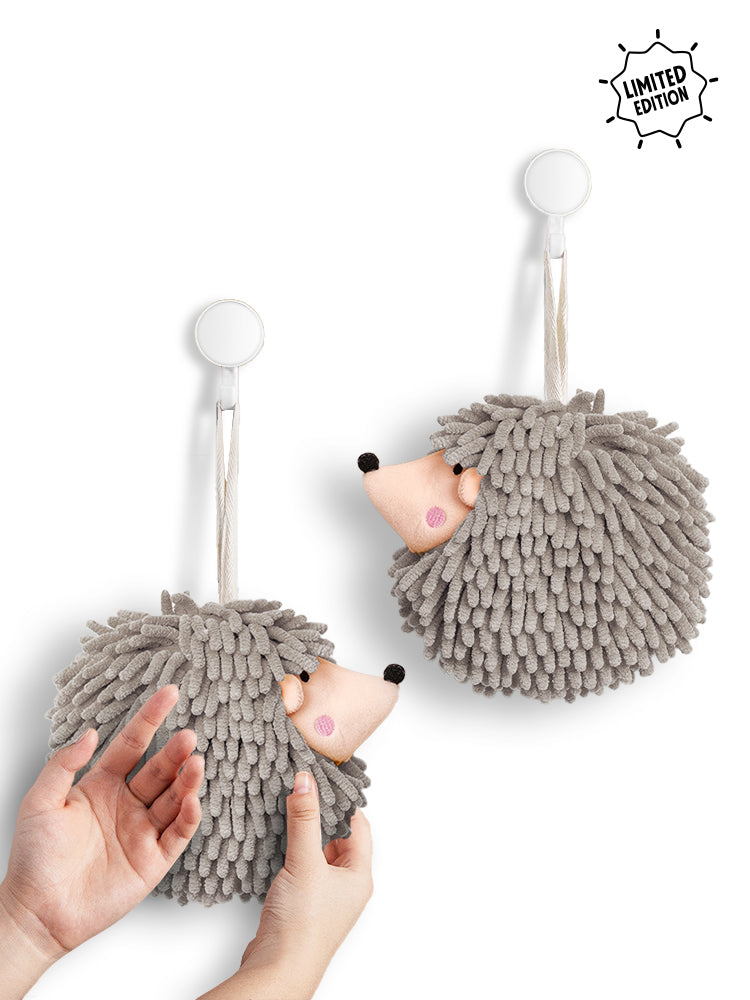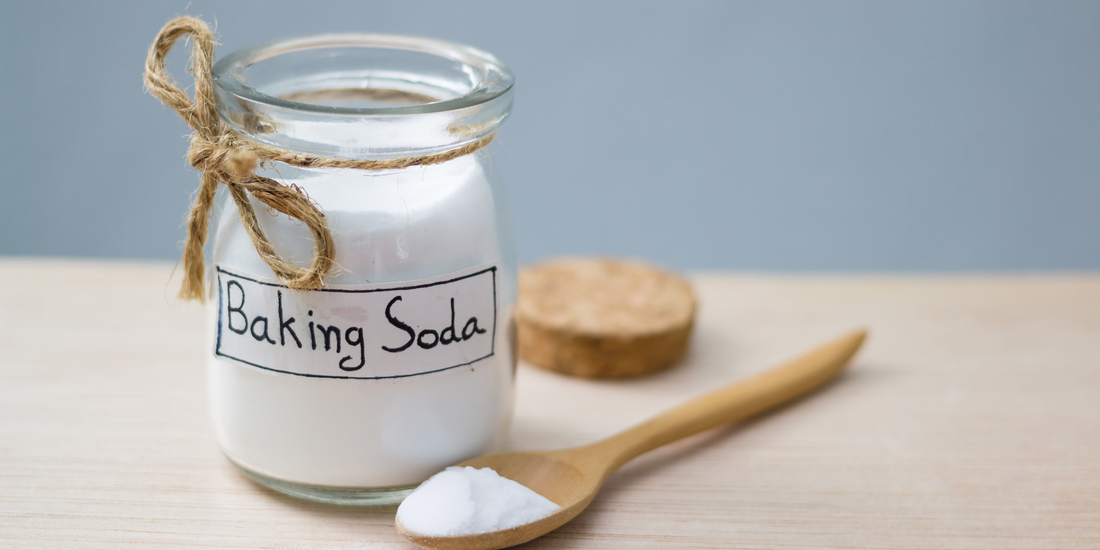
Baking soda, or sodium bicarbonate, is an all-star pantry hero—we all know it’s essential in countless baking recipes and that it can clean and deodorize so many areas in the home. Plus, it’s incredibly cheap and much more environmentally friendly than many other cleaners and solutions on the market, so it’s no wonder it’s such a staple in most households.
But the real wonder of baking soda is that just when you thought you’d heard it all when it comes to the myriad of household challenges it can handle, you find out a few more. For example, did you know that baking soda is an excellent remedy for some of the most common, unsightly scuffs and scratches throughout the home? Read on to find out what surfaces baking soda works on to erase those rough-looking nicks and dents.
Wall Marks
Walls and baseboards can really get banged up, especially in high-traffic areas like entryways and hallways. But to remove those scuff marks, you need to be careful! You shouldn’t just aggressively scrub them away with a rough sponge, or you'll risk ruining your paint’s finish. Melamine foam sponges have been on the market for a long time now and are often used to tackle this exact task, but they can get pricey if you’re buying them often. Plus, it’s not the best option for those who are prioritizing a low-waste lifestyle. Enter baking soda.
In fact, Arm & Hammer, which is one of the largest (and perhaps most iconic) manufacturers of sodium bicarbonate, recommends making a solution with the ingredient to restore your walls. On the website, the brand advises stirring together 1 teaspoon of baking soda with ¼ cup hot water in a shallow bowl, then dipping a non-abrasive sponge into the mixture. Squeeze a bit of the water out so it’s not dripping wet, and gently rub away marks.
Floor Scuffs
Another hack directly from Arm & Hammer: You can also use baking soda to lift shoe-induced scuff marks from tile and hardwood floors! Fortunately, because baking soda is such a gentle abrasive, it’s unlikely that it will damage your flooring, though a patch test in a discreet spot is always recommended first.
Simply sprinkle a light layer of baking soda over the streak, and buff it out with a damp, non-abrasive sponge. If a powdery residue remains, you may need to mop or wipe your floors with fresh water.
Dinnerware Scratches
You know those pesky silver scratches making your dinner plates and bowls look like works of art by Jackson Pollock? They gradually appear over time as you use your dinnerware more and more, and it might seem like they’re irreversible etchings caused by your cutlery. (After all, they’ve probably gone through many dishwasher cycles and rounds of handwashing, and they’re still there.) Good news, though: These stubborn streaks are not permanent! They’re simply metal deposits that are sitting on the surface of the plate, which means they can be lifted off with the right supplies, like baking soda and a bit of elbow grease.
Some people use Bar Keepers Friend or Bon Ami to buff them away, but if you’d prefer not to buy specialty cleaners, then baking soda is your helper here. The fine grit of the powder is what’s doing most of the work to “sand” away those metal marks. Just make a paste of baking soda and water, and rub it in a circular motion using a non-abrasive sponge. You may need to apply some pressure, in addition to experimenting with the mixture ratios. (A drier, more crumbly blend might be more effective for extra-resistant marks.)
Source: Corona, L. (2025b, October 2). 3 Everyday eyesores baking soda can fix instantly. Real Simple. https://www.realsimple.com/everyday-eyesores-baking-soda-can-fix-instantly-11823424


